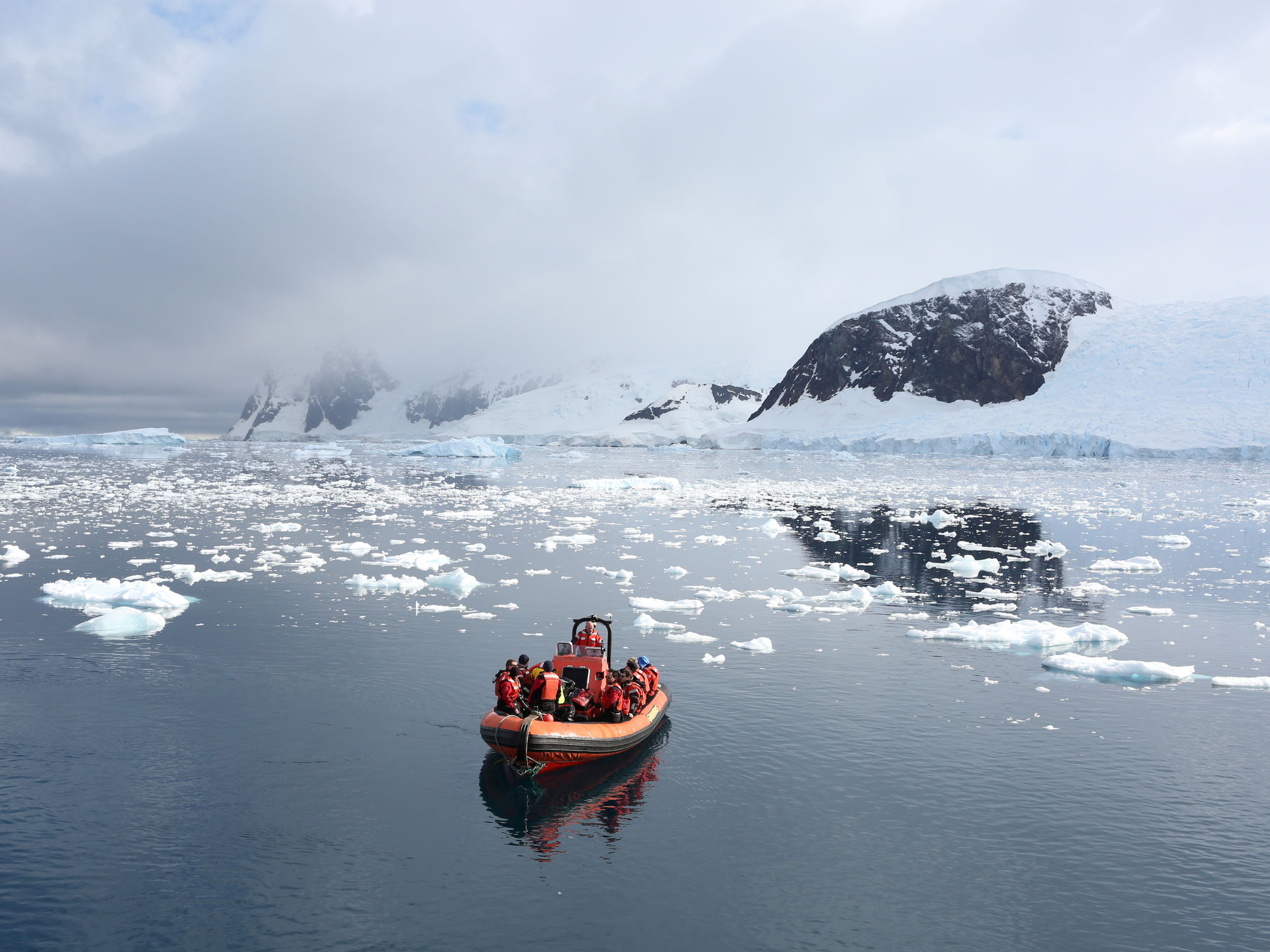For nearly 200 years, scientists have been exploring Antarctica, on the hunt for new organisms, data that could reveal Earth’s climate history, and signs of a changing environment.
Since Antarctica is the only continent with no native human population, the United States and 11 other countries signed the Antarctic Treaty in 1959 to ban military activity and promote scientific investigations. More than 40 other countries have joined the agreement since then, and the number of research stations on the continent has continued to grow.
Thousands of biologists, ecologists, and geologists conduct research in Antarctica, the coldest, driest, and most remote continent on Earth. The area’s largest base, Amundsen-Scott South Pole Station, belongs to the US, which also runs two other year-round outposts.
Take a look at some of the recent Antarctic research projects and the challenges these scientists face.
Environmental changes in Antarctica have global repercussions. If all the ice stacked on top of Antarctica melted, global sea levels would rise by about 200 feet.
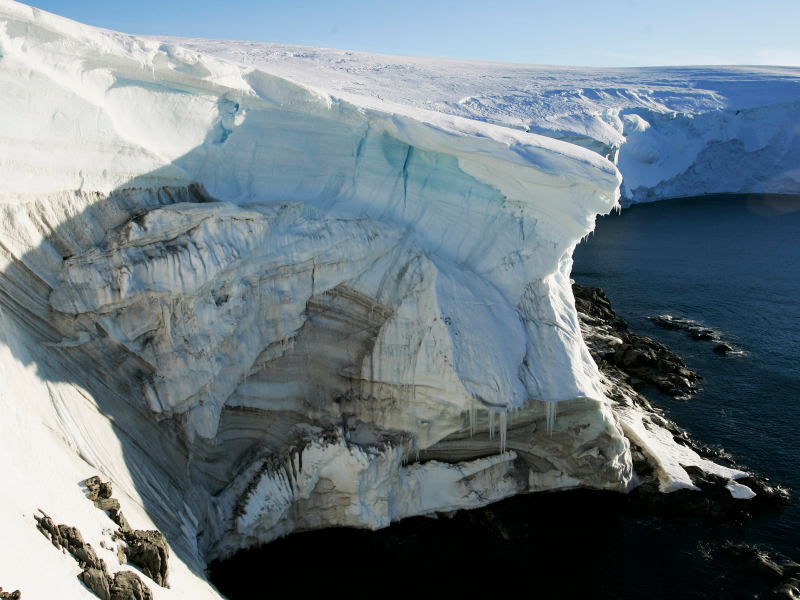
Source: Business Insider
Antarctica lost more than 3.3 trillion tons of ice from 1992 to 2017, causing global sea levels to rise by nearly one-third of an inch. About 40% of that loss occurred from 2012 to 2017, according to a study published in Nature earlier this year.
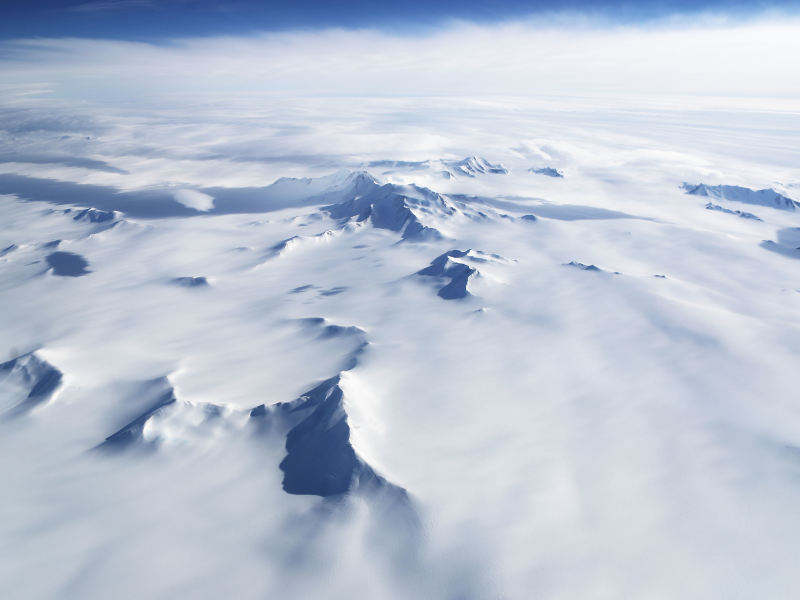
Source: Business Insider
NASA's ongoing Operation IceBridge is looking at changes in polar ice. Through a series of research flights over West Antarctica, scientists concluded that the West Antarctic Ice Sheet may have reached a point of irreversible decline.
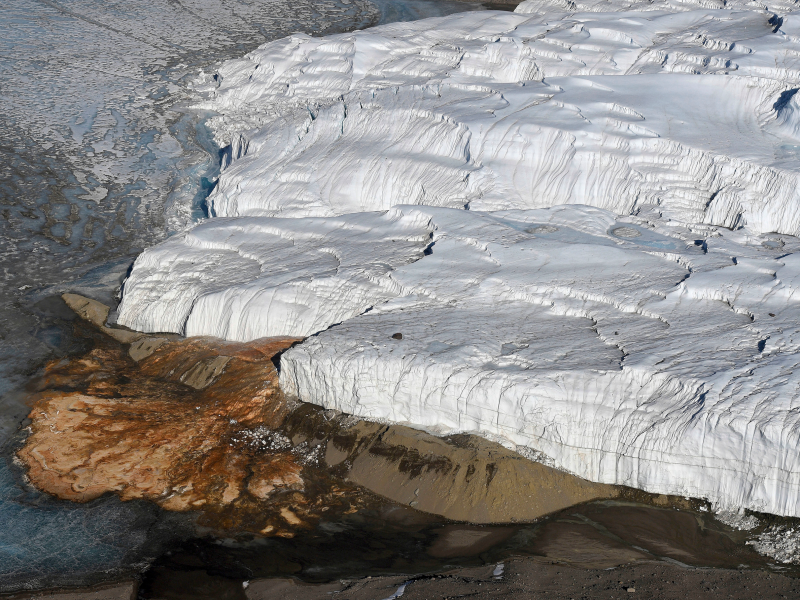
Read more: NASA's photos of a perfectly rectangular iceberg in Antarctica are oddly satisfying
Jerry Mitrovica, a Harvard geophysicist, told The Associated Press in 2015 that parts of Antarctica are melting so quickly that it has become "ground zero of global climate change without a doubt."
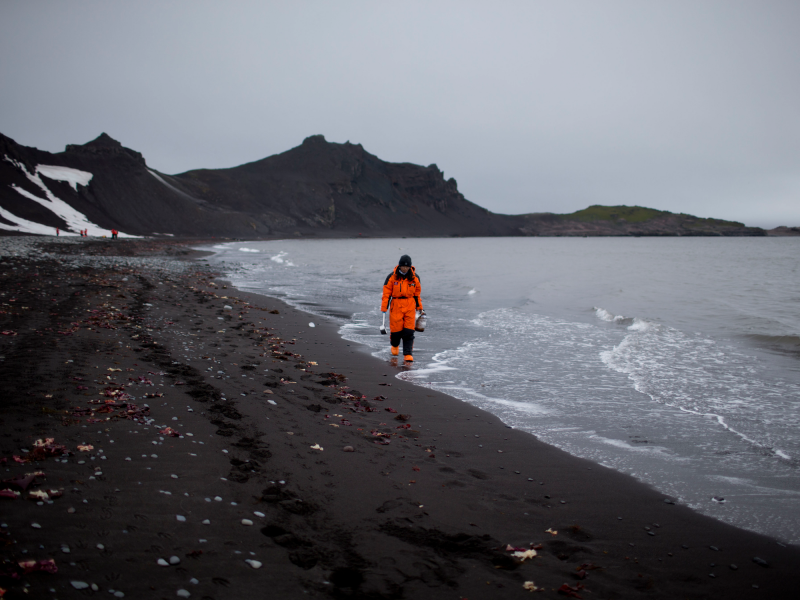
Source: AP
Each year, thousands of scientists conduct research at stations on the continent.
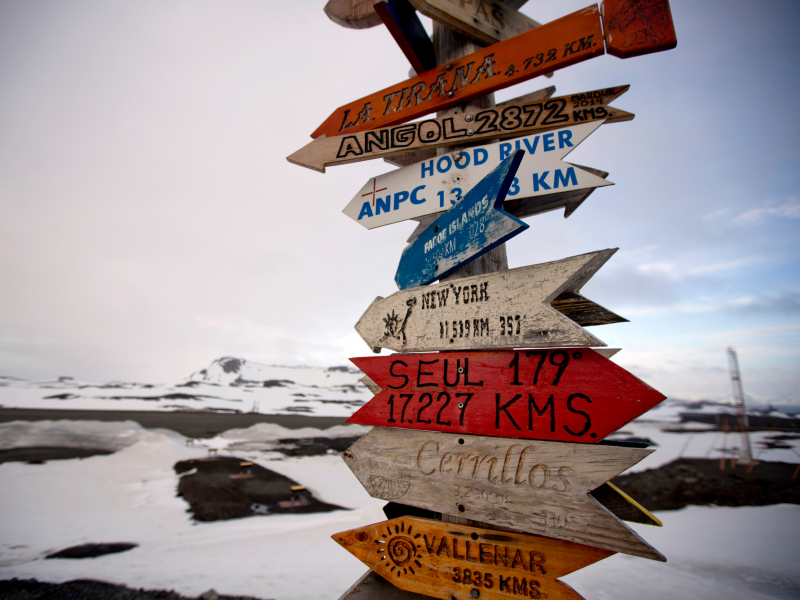
Source: National Science Foundation
Scientists come to Antarctica to better understand its ecosystems. The continent's clear skies and dry, cold conditions also allow researchers to make space observations.
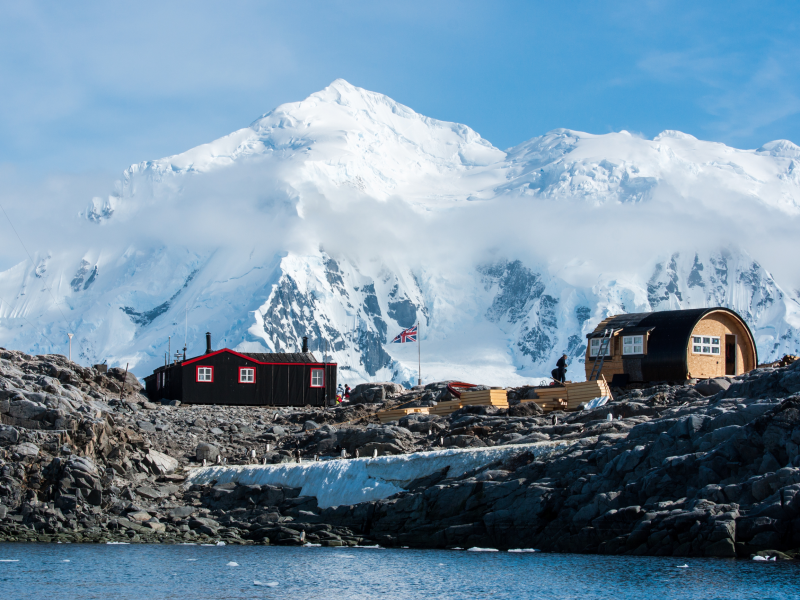
Newcomers face an extreme climate and a stunning remoteness. Field science in Antarctica is very expensive, so scientists don't venture there for studies unless they need to.
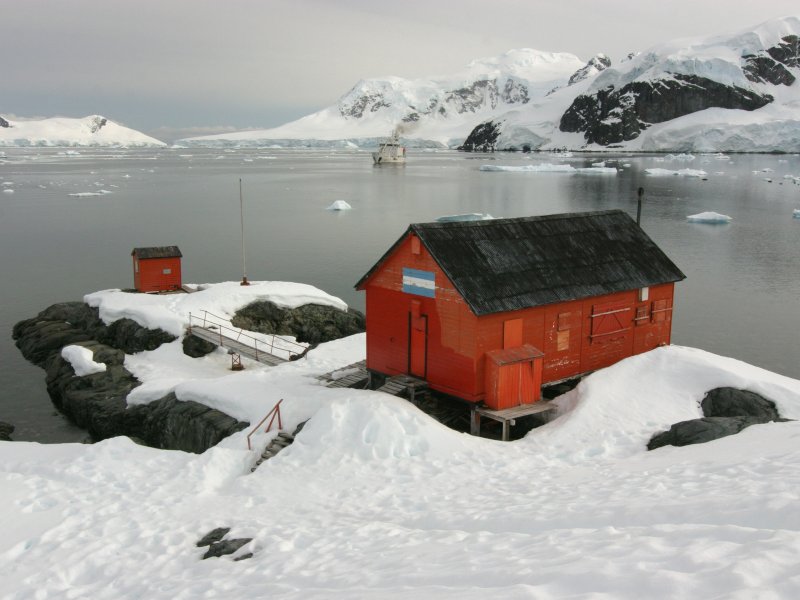
Source: National Science Foundation
Scientists often travel to Antarctic research stations aboard large ships designed to break through thick ice.
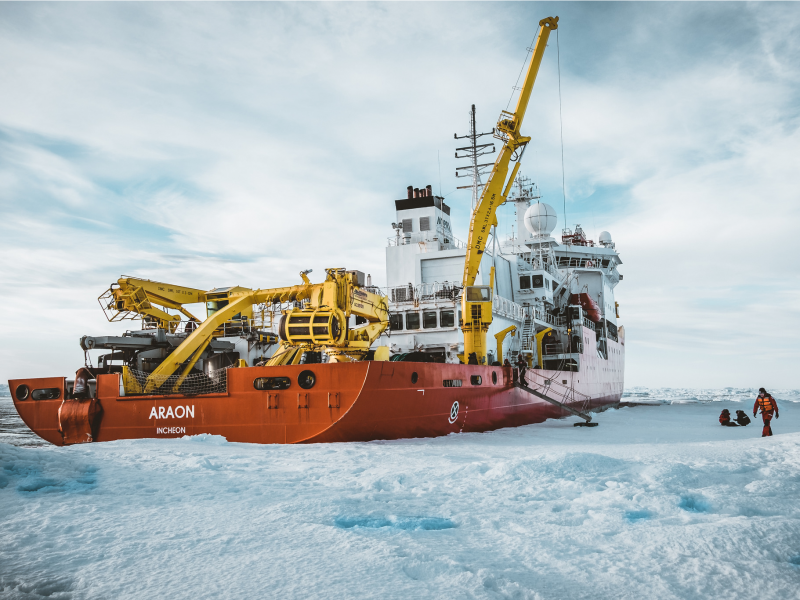
Source: National Science Foundation
Alex Gaffikin, a meteorologist who moved to Antarctica at 22 and spent 2 1/2 years at Halley, a British research station, told Reuters in 2007 that winters were tough because the constant darkness made her lethargic.
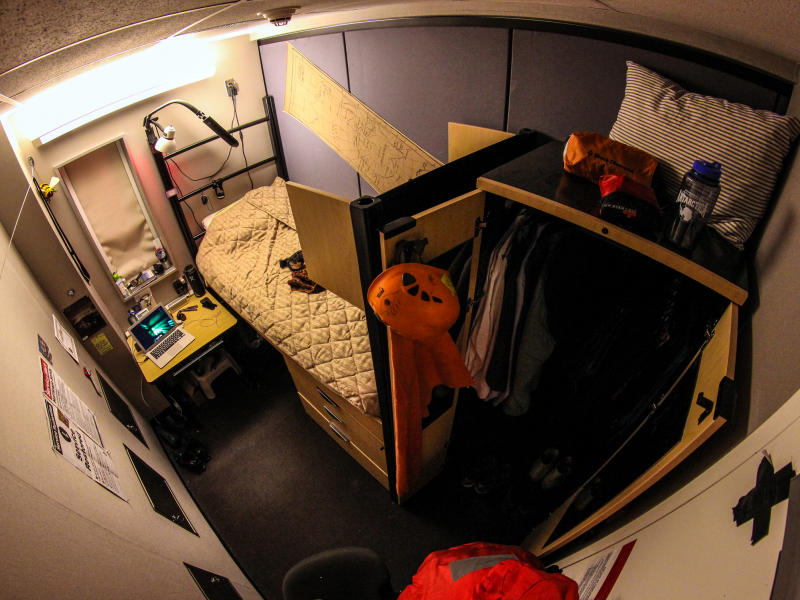
Source: Reuters
Gaffikin said she often went to bed exhausted but enjoyed getting up in the middle of the night to see the southern lights. "I love Antarctica because it is such an alien and magical place," Gaffikin told Reuters. "You can see things in Antarctica that you can't see anywhere else, like emperor penguin colonies, enormous glaciers, and gigantic sea creatures."
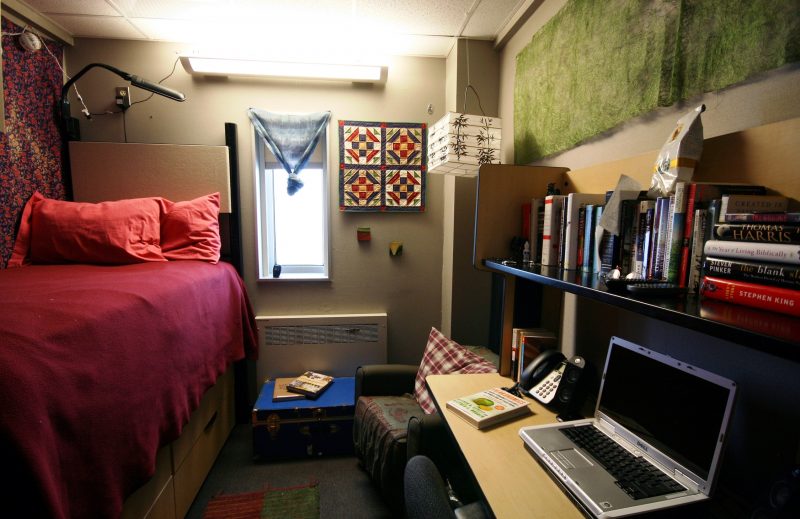
As part of the NASA-funded Barrel mission in January 2013, scientists launched 20 balloons into the air to study how radiation belts around Earth are formed.
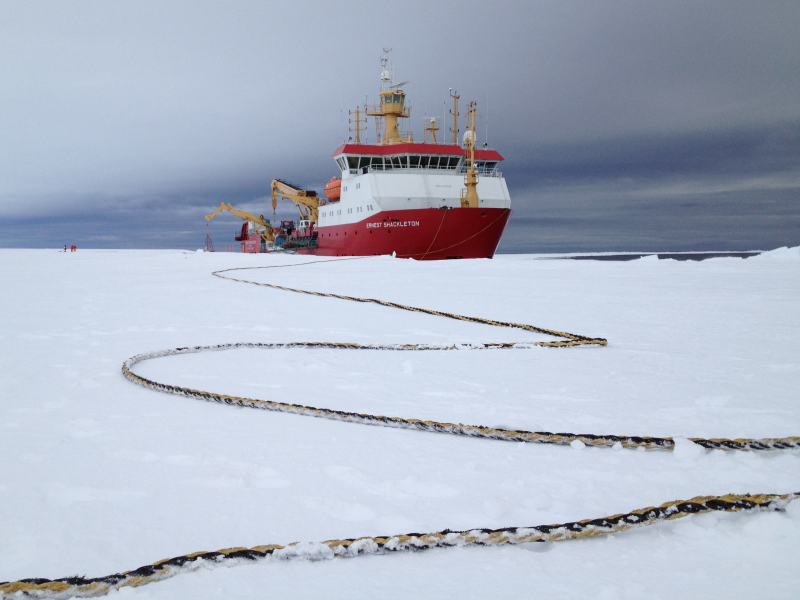
Source: NASA
"The study of near-Earth radiation is very important," John Mather, the chief scientist of NASA's Science Mission Directorate, said at the start of the program in 2007. "This research will provide information to mitigate problems here on our planet as well as permit better design and operations of new technology in space and safer passage for space explorers."
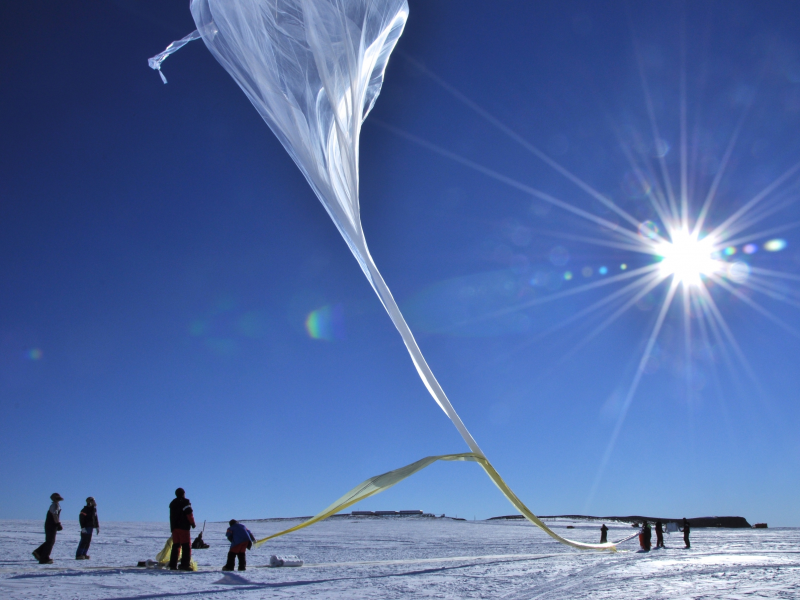
Source: NASA
NASA's Barrel team wrapped up its last mission in 2016. The team conducted research at the Sanae IV station, which is led by the South African National Antarctic Program.
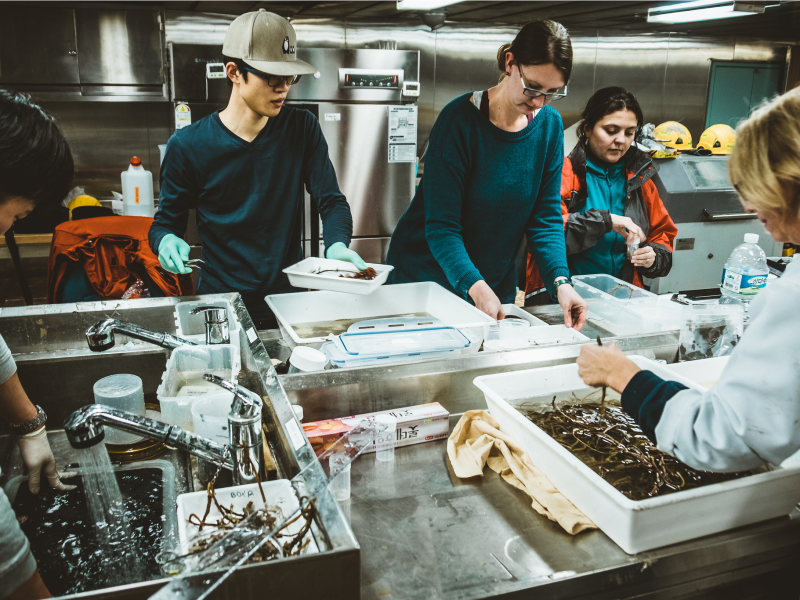
Source: SANAP
Harsh conditions can make it impossible for boats to come near a research station, so scientists often depend on planes to deliver cargo.
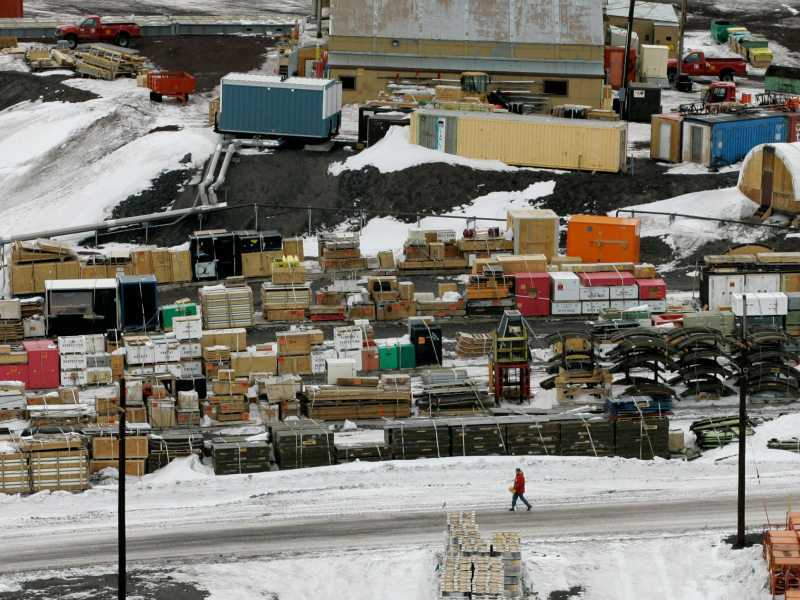
Eating wildlife is now off-limits, but a 1950s recipe book from the British Rothera Research Station shows that scientists used to eat penguin eggs, seal brains, and grilled cormorant. At the Rothera base, people shot seals for dog food until 1994.
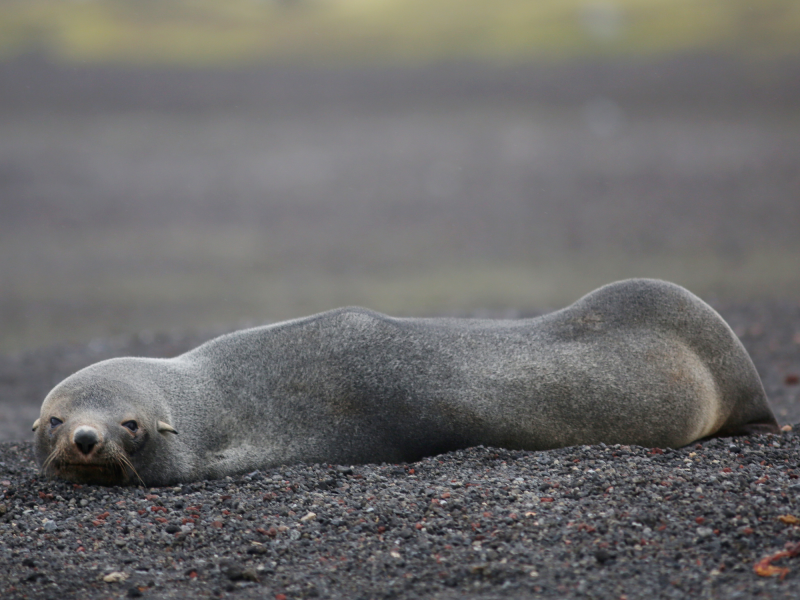
Source: Reuters
Chefs now get the bulk of their supplies by ship. “You have to use what you've got in the store — frozen stuff, tinned stuff, and, if you're really desperate, the dried stuff,” Alan Sherwood, a chef at the Rothera base, told Reuters in 2009

Source: Reuters
Scientists in Antarctica are careful about rationing their water. While about 90% of the world's ice is in Antarctica, living there is a lot like being in a desert.
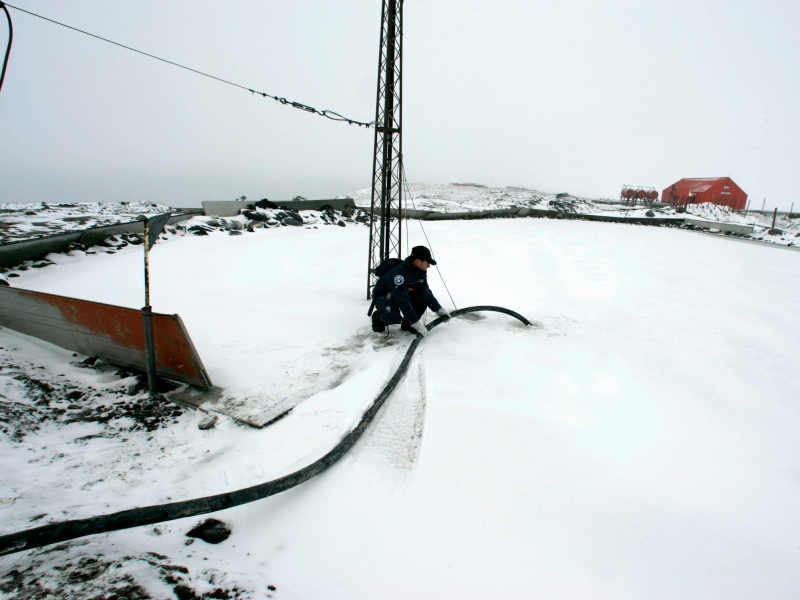
Source: National Snow and Ice Data Center
Residents melt snow during the winter to drink water. In the summer, they use pipes to extract water from artificial lagoons that gather snow.
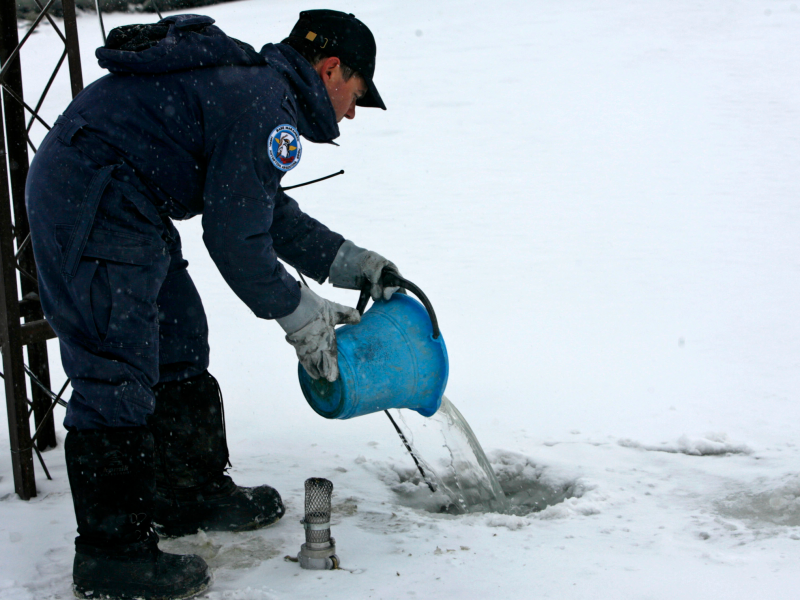
Any Americans trying to leave their station for field work or recreation are required to attend safety and survival courses first.
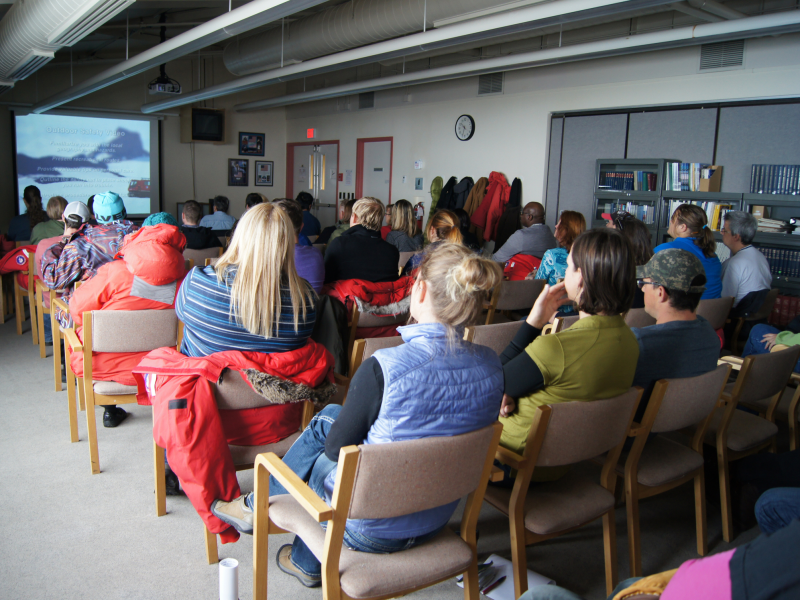
Britney Schmidt, a professor of planetary science at the Georgia Institute of Technology, went in the field with Artemis, a 25-foot-long underwater robot that drills holes through several feet of ice, in 2016. Schmidt said she hoped the testing would pave the way for underwater exploration of Europa, Jupiter's icy moon.
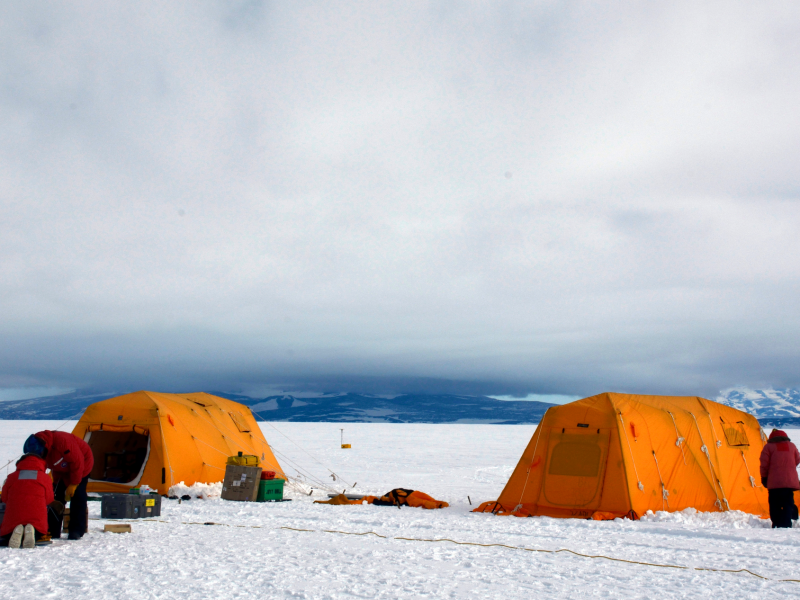
Source: Antarctic Sun
NASA also studies the remoteness of Antarctica to understand what people would experience if they visited Mars. "Antarctica in many ways is like another planet," Jose Retamales, the director of the Chilean Antarctic Institute, told the AP in 2015. "It's a completely different world."
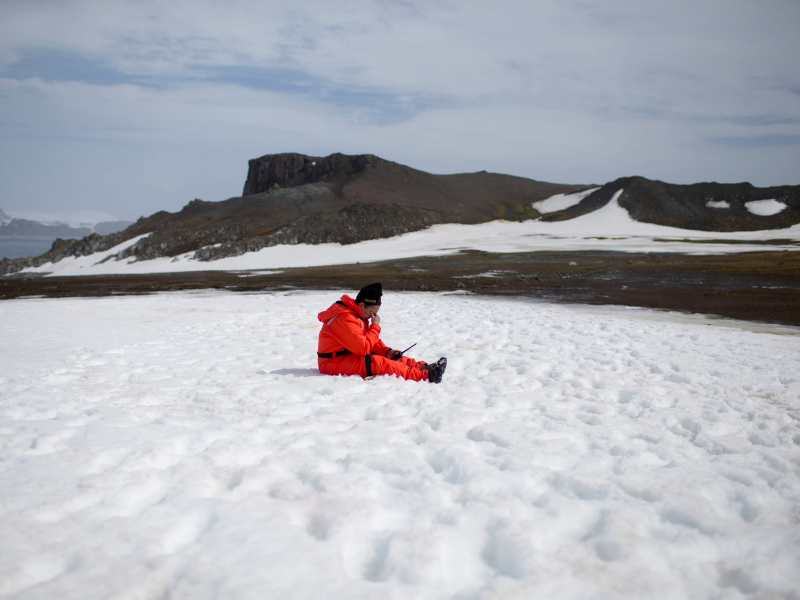
Source: AP
Joe Levy, a professor of geology at Colgate University, has also drawn comparisons between Antarctica and Mars. Levy has studied water tracks as they move under the soils of the McMurdo Dry Valleys, a phenomenon that may be similar to patterns on Mars.
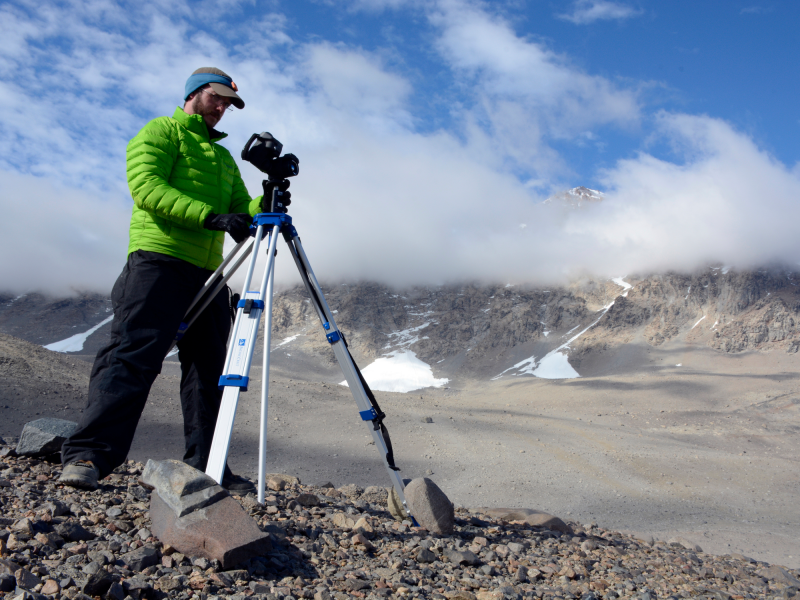
In 2015, Peter Convey, an ecologist, traveled through nearly freezing temperatures and 20-knot winds to collect samples of spongy green and brown mosses that grow on the ash of a volcanic island in the area. Convey was trying to determine how long the mosses have been evolving on the continent.
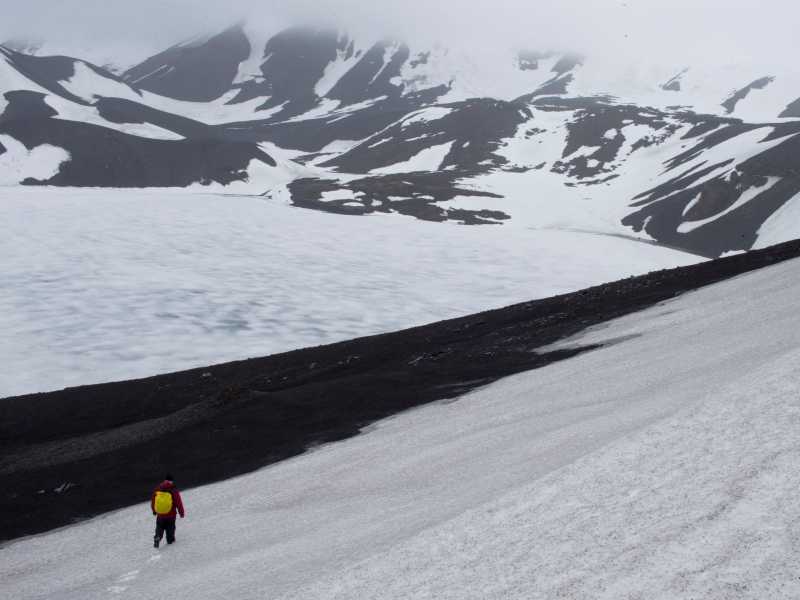
Convey has been traveling to Antarctica for more than 25 years. "I've been lucky and I've gone to the middle of the continent, so I've been isolated from the next human being for 400 to 500 kilometers," about 250 to 300 miles, he told the AP in 2015.
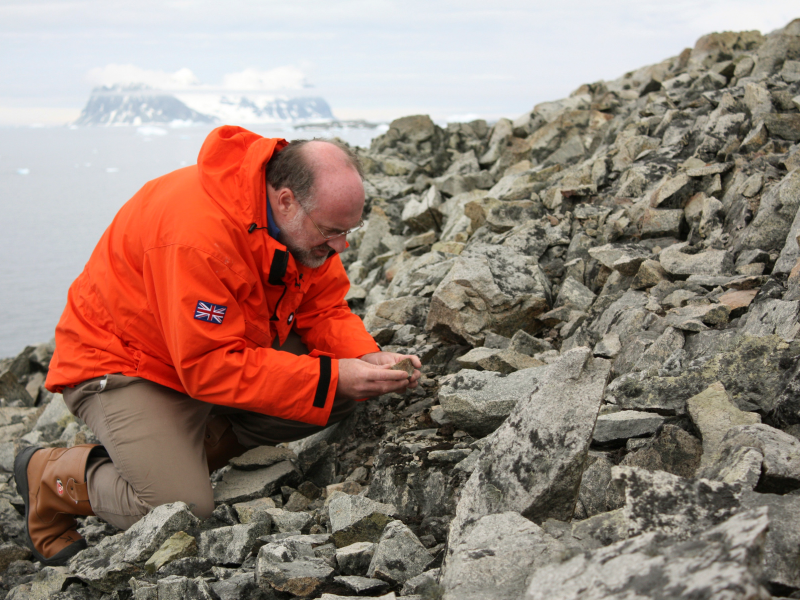
Source: AP
In addition to preparing for frigid temperatures and isolation, field scientists have to be careful about sunburn. More than 80% of scientists in the South Pole are exposed to up to five times the recommended limit of UV rays, according to a 2009 study by the Australian Antarctic Division and the Australian Radiation Protection and Nuclear Safety Agency.
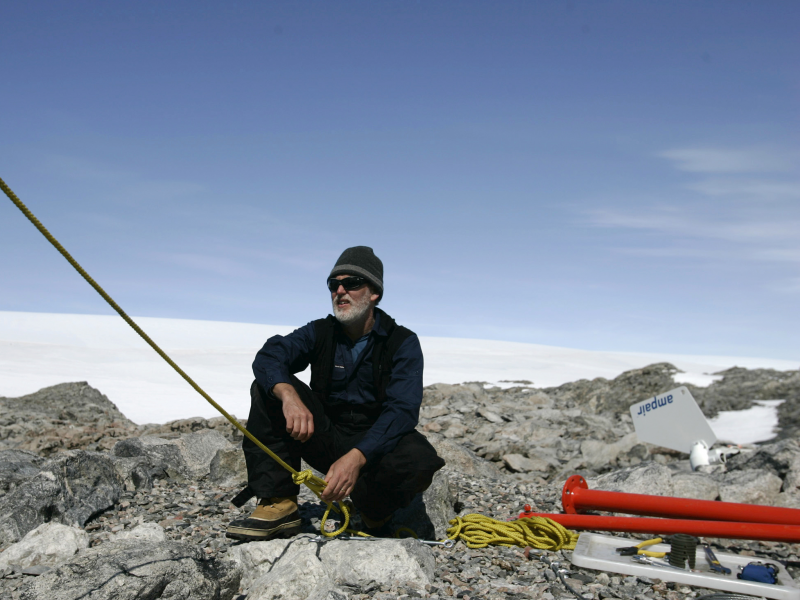
Source: Reuters
Some researchers focus on the sea, studying marine macro-algae and invertebrates in the water.
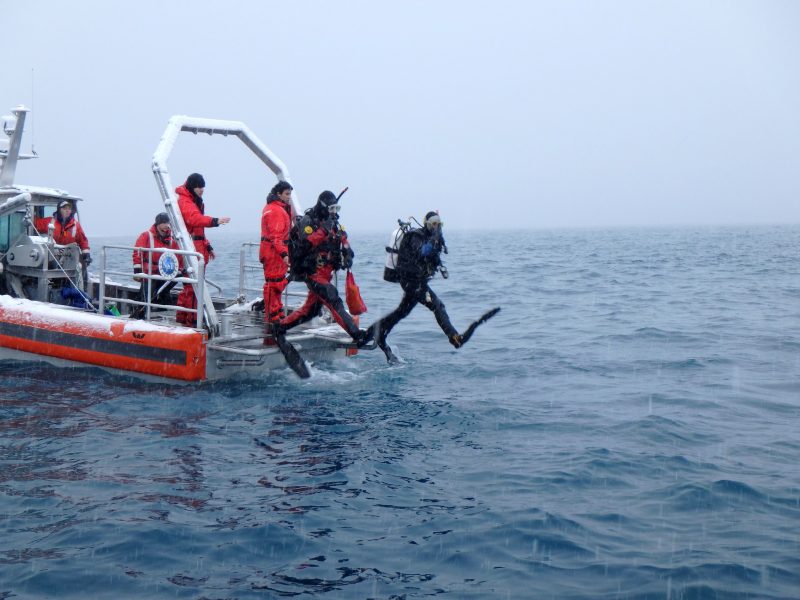
Animals that live on the Antarctic seabed are used to extremely cold conditions, but they are also very sensitive to small changes in temperature. Global warming can make these animals more vulnerable to predators, and if these changes disrupt the food chain, then larger animals may suffer too.
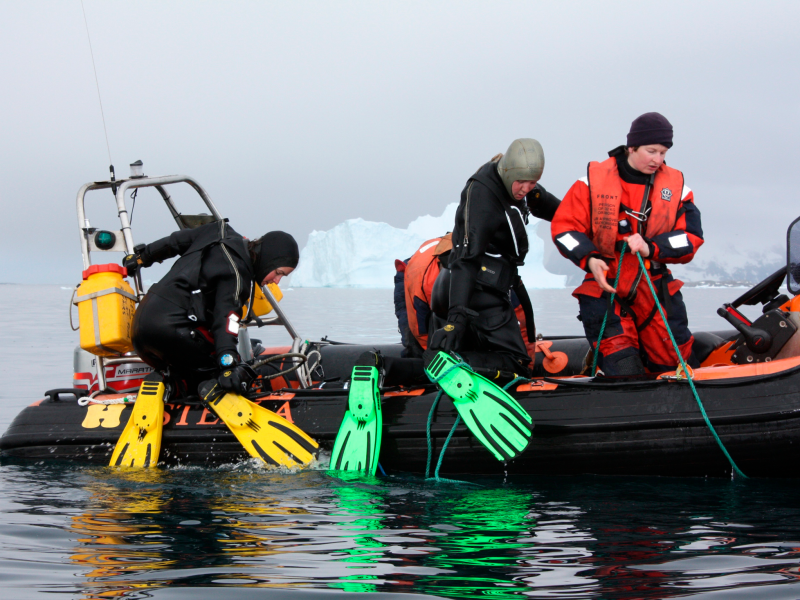
Source: The Guardian
Antarctica may be known for its penguins and seals, but these animals don't search for food outside the sea. On land, the largest predators are mites. The biggest land animal, a flightless midge, is no more than a quarter-inch long.
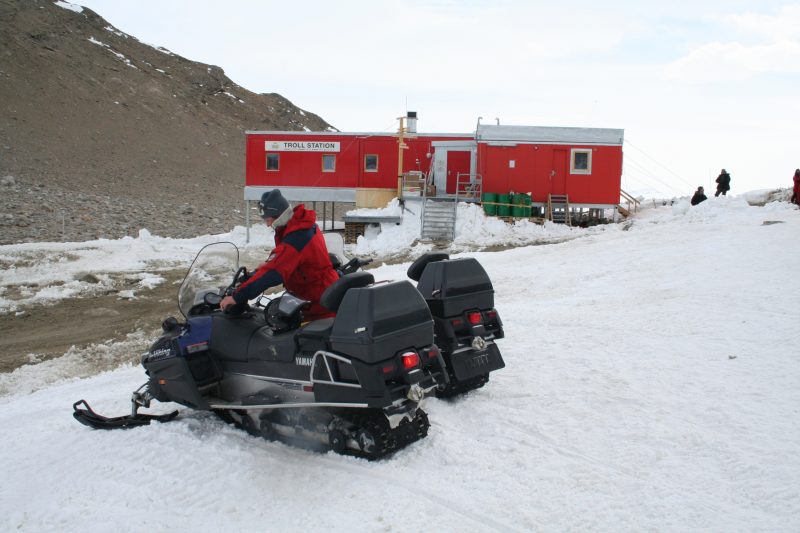
Source: Reuters
As more scientists and tourists visit Antarctica, however, seeds, lichens, and mosses are introduced to the continent.
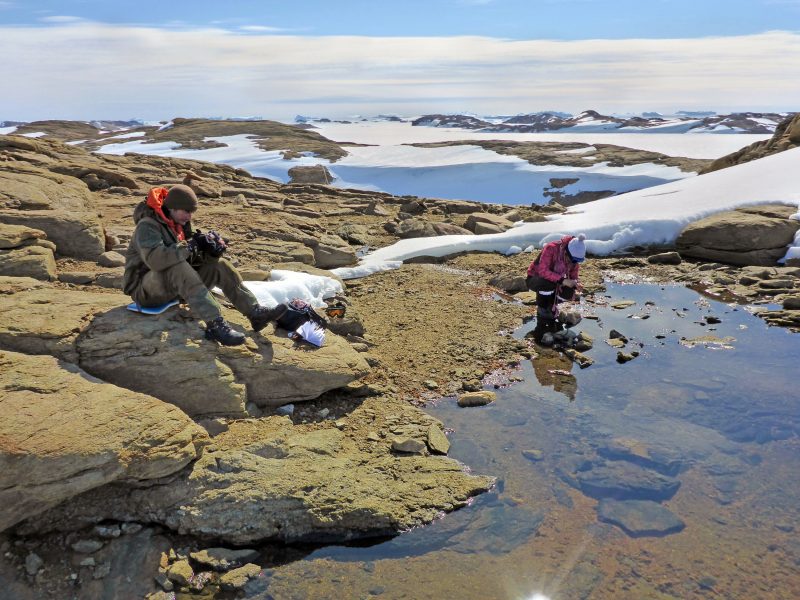
Some of the biggest discoveries in Antarctica have been unexpected. In July 2015, NASA scientists discovered the first meteorite impact craft under the Greenland ice sheet. Hiding below more than half a mile of ice, the crater has a depth of about 1,000 feet and a diameter of more than 19 miles.
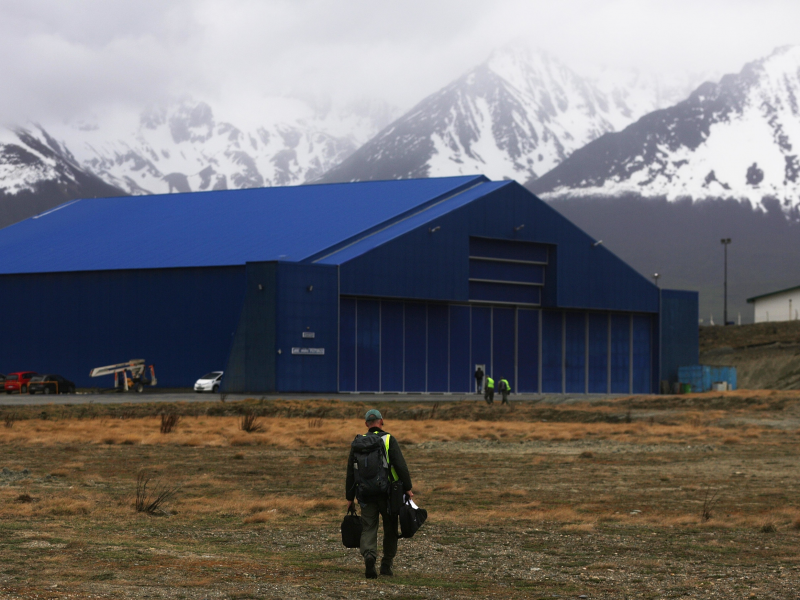
Source: NASA
The researchers spent three years verifying their findings, which were published on November 14 in Science Advances. "The crater is exceptionally well-preserved and that is surprising because glacier ice is an incredibly efficient erosive agent that would have quickly removed traces of the impact," Kurt Kjaer, a professor at the Natural History Museum of Denmark who led the study, said in a press release.
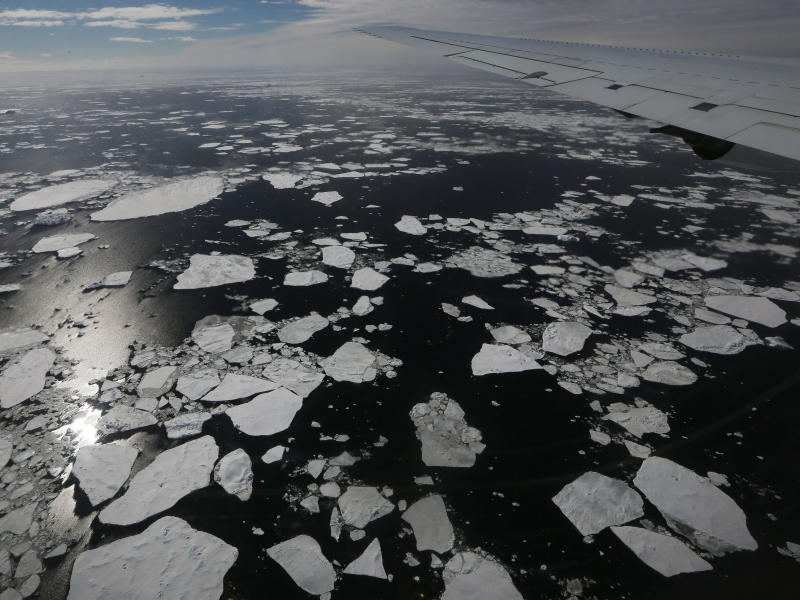
Source: NASA
Scientists on field missions sometimes face challenging obstacles. In March, five US researchers were stranded on an island off the Antarctic coast because weather conditions made it impossible for an American ship to pick them up. An Argentine icebreaker rescued them a few hours later.
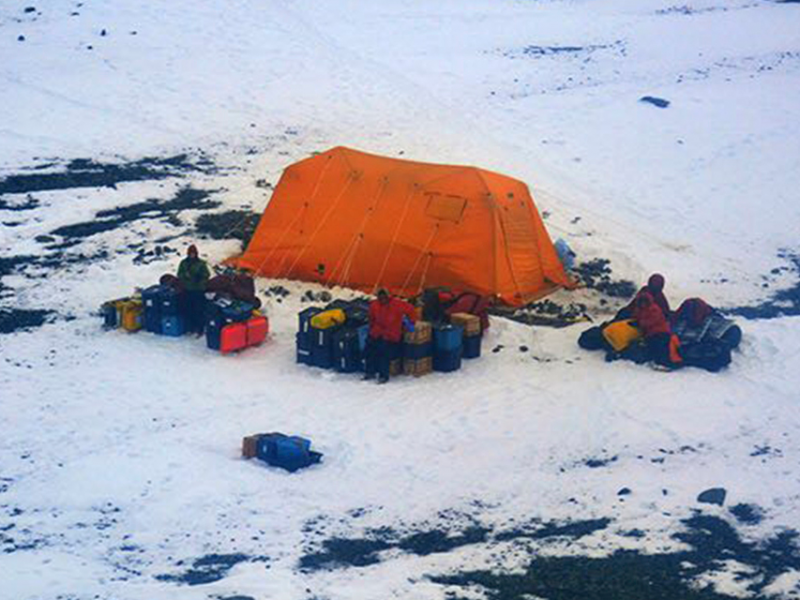
Source: Earth & Space Science News
The National Science Foundation said the scientists were never in danger because they had a surplus of supplies. "This wasn't an emergency, but we are very grateful that we can engage with our international partners to take care of situations that could become emergencies," Kelly Falkner, the director of the foundation's Office of Polar Programs, told Earth & Space Science News.
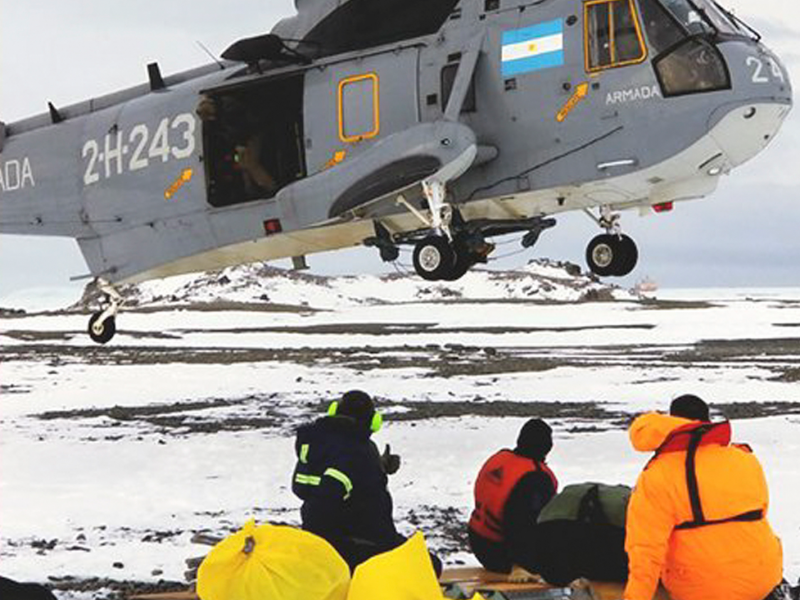
Source: Earth & Space Science News
Conducting research in Antarctica's harsh conditions can be dangerous, though. In October 2016, a Scottish climate scientist, Gordon Hamilton, died after the snowmobile he was driving fell 100 feet into a crevasse.
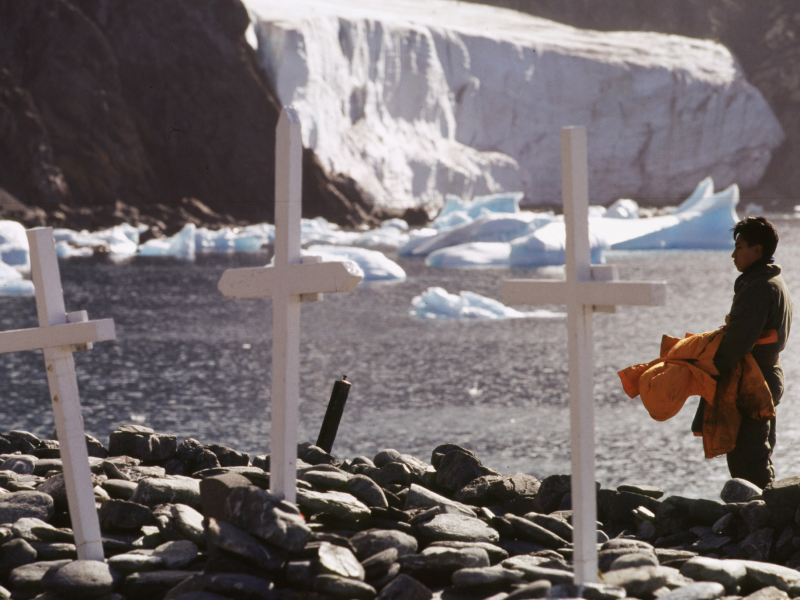
Source: Reuters
"You don't have to be a rocket scientist to look around and see how extreme this environment is," Jenny Blamey, the research director of the Biosciences Foundation in Chile, told the AP. Blamey studies the genetic material of microorganisms.
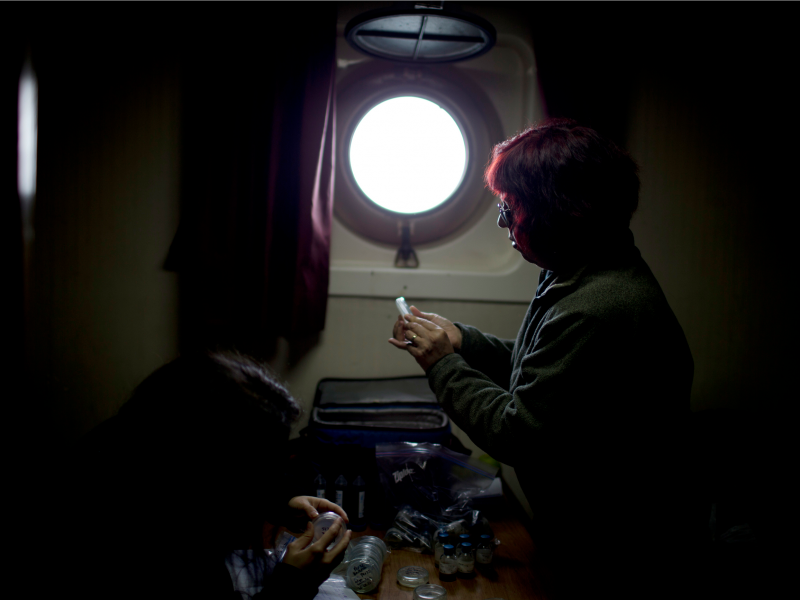
Source: AP
Inside research stations, scientists work to better understand some of Antarctica's mysteries. The bodies of some Arctic and Antarctic species, such as sea spiders, are unusually large, and researchers are trying to figure out what led to that.
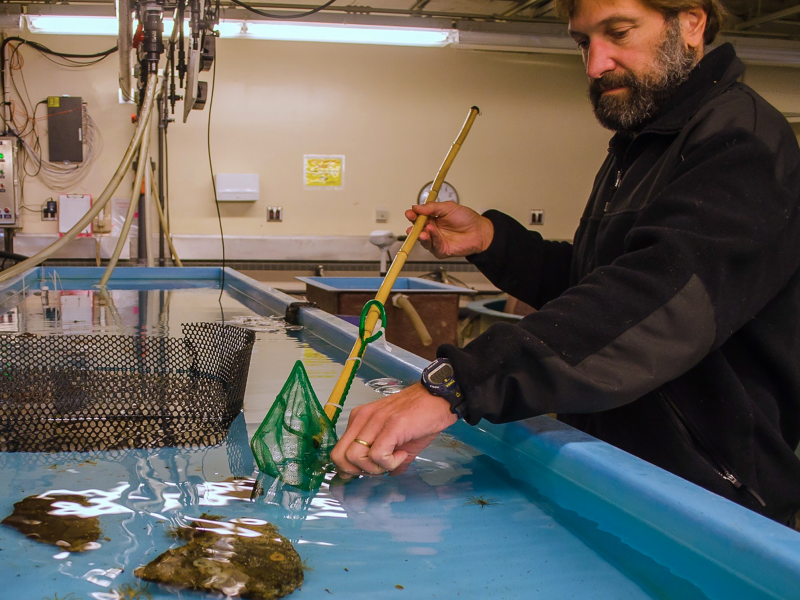
Read more: Humongous sea spiders from Antarctica are baffling scientists
Scientists also study how the effects of climate change, such as warming waters and ocean acidification, are affecting marine animals.
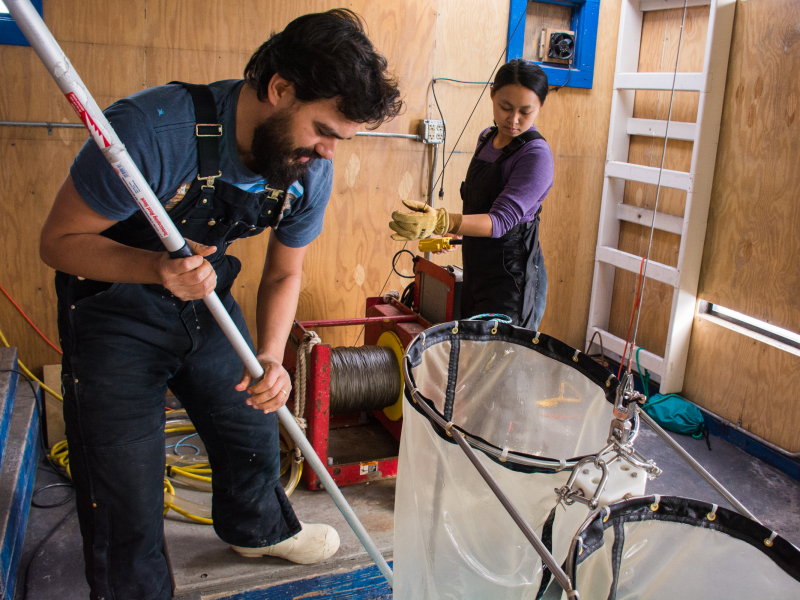
Bill Fraser, a scientist at the Polar Oceans Research Group, has been studying penguins since 1975. He looks at the effect of environmental changes on the marine ecosystem.
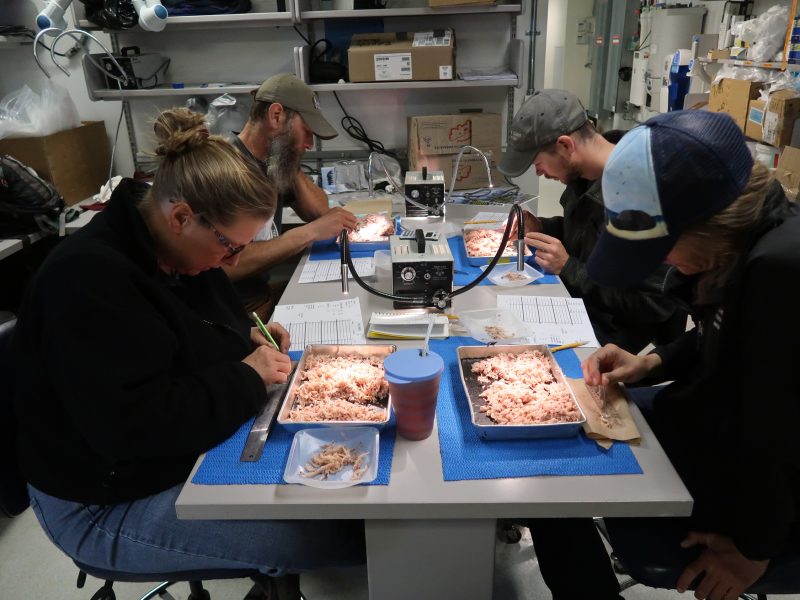
Many projects also analyze ice samples to find new information about Earth's climate history. Tiny air bubbles within ice cores can help scientists understand what the atmosphere used to be like.
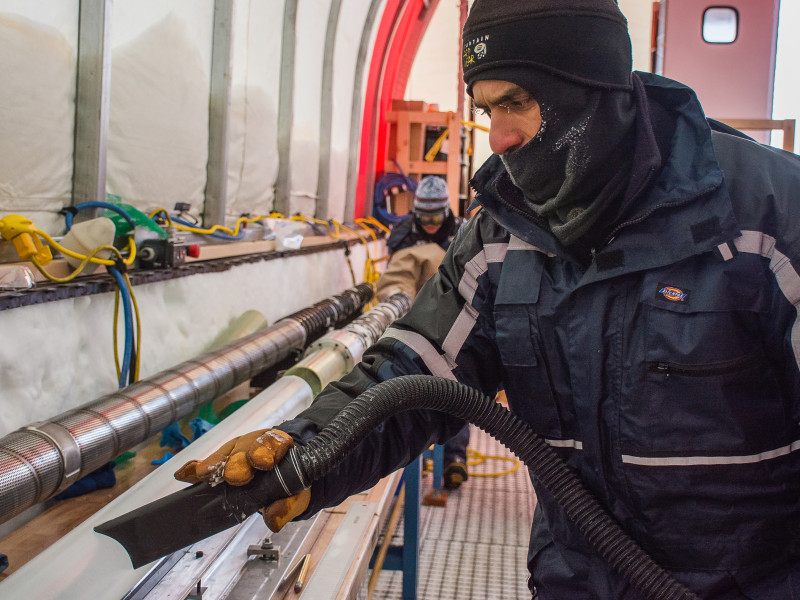
Read more: The US government keeps a massive archive of ice - here's why
In this West Antarctic ice core, the dark band corresponds to a layer of volcanic ash that settled about 21,000 years ago.
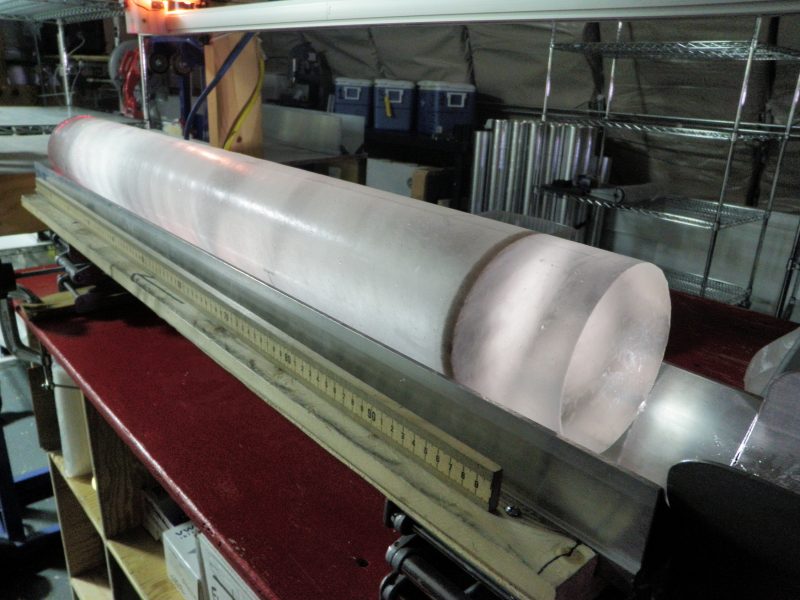
In addition to researchers, the US Antarctic Program hires hundreds of workers to maintain internet and phone service. The workers reach remote locations via helicopter to make sure all the equipment functions properly.
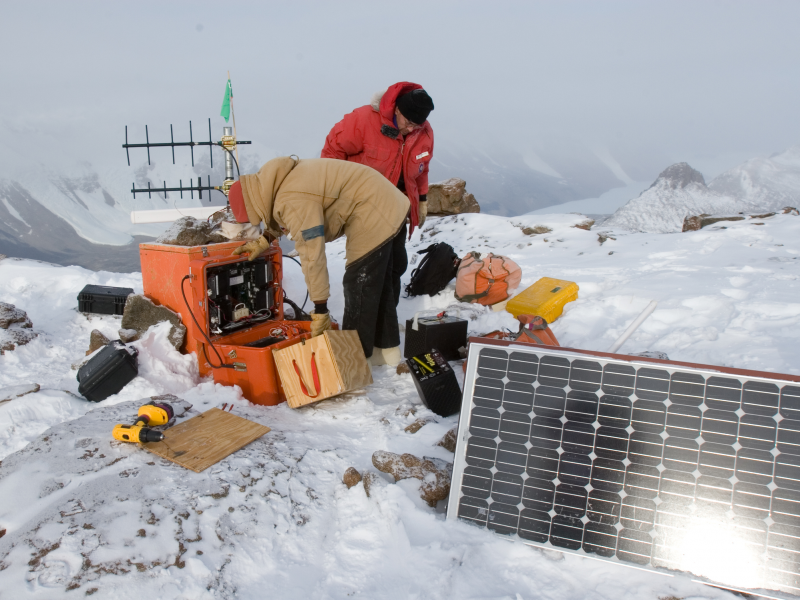
Employees at McMurdo Station's Berg Field Center also provide support for the scientists, repairing equipment like sleds and stoves for field missions.
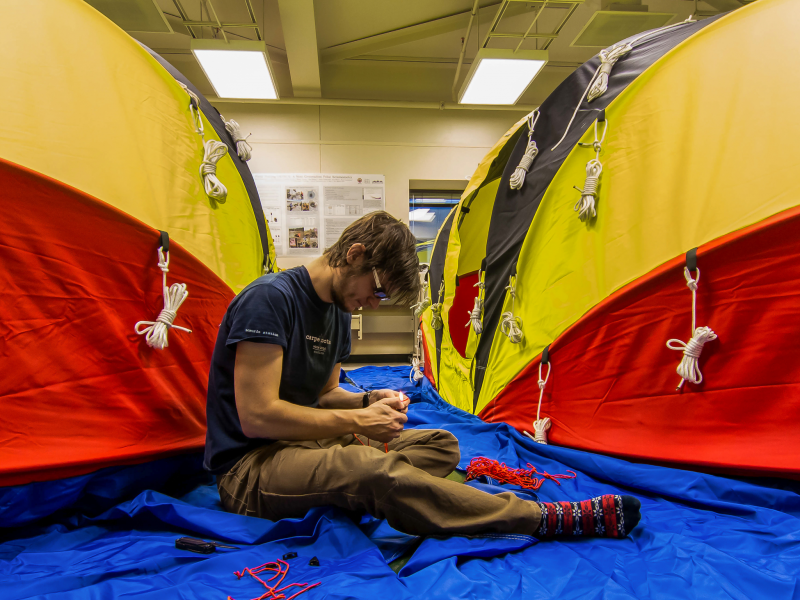
Though field work in Antarctica requires a lot of adapting to harsh conditions, life inside a base can proceed as normal.
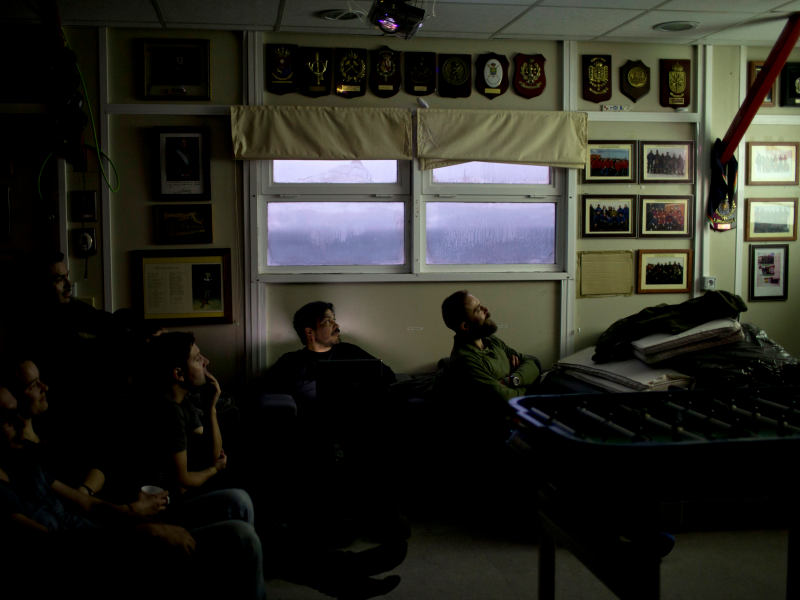
Living in Antarctica also doesn't stop people from voting in elections. Lesley Eccles, one of dozens of Australians who voted from Antarctica in 2004, told the Australian Broadcasting Corporation she was interested in the results but had found it hard to keep up with the news.
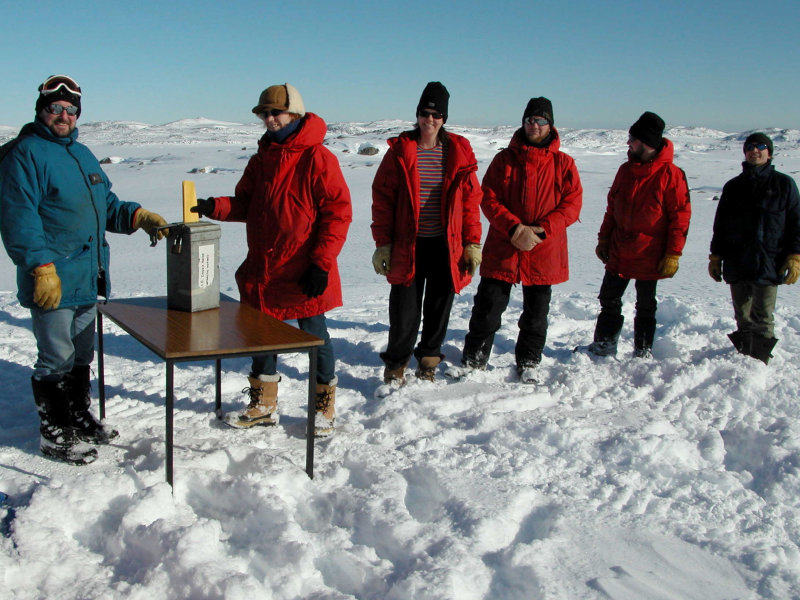
Source: Australian Broadcasting Corporation
Despite its remoteness, Antarctica still has religious services for residents. Priests come to Russia's Bellingshausen Station for one year at a time.
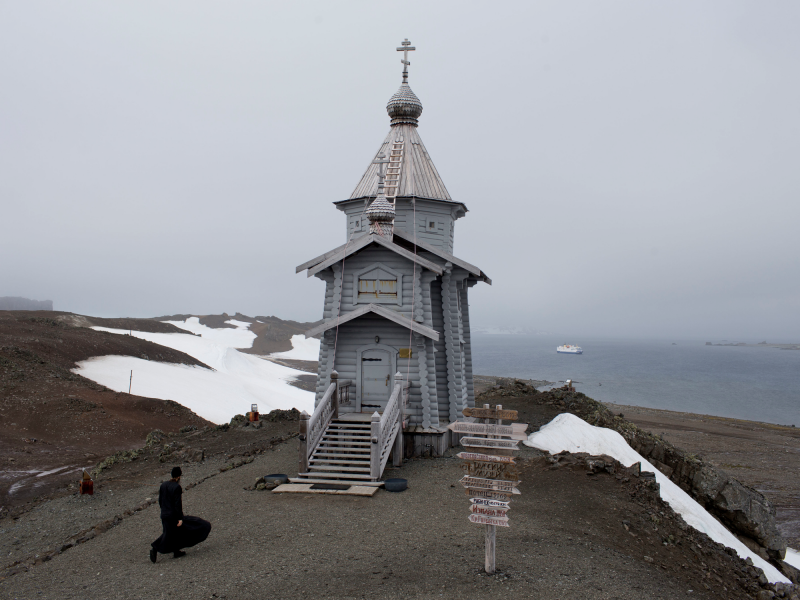
Some tourists and scientists visit the Russians' Holy Trinity Church to pray in silence, while others come to look at the saints and angels painted on golden panels.

Researchers can also visit a chapel at McMurdo Station. In 2016, the US secretary of state at the time, John Kerry, stopped by the chapel during a trip to Antarctica.
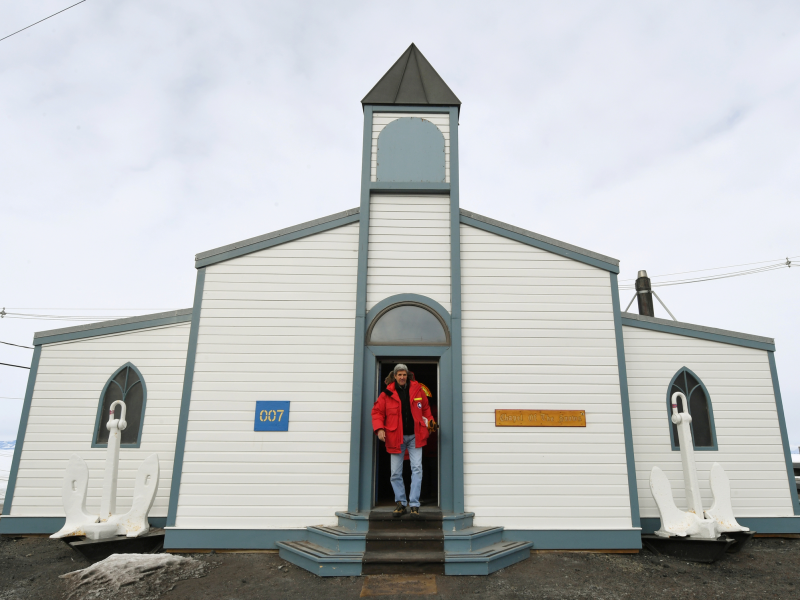
Source: AP
Kerry is the highest-ranking US government official to visit the continent. "I particularly wanted to come down here because I was in the Arctic recently and the scientists there kept saying to me ... 'You got to go to Antarctica, you got to get a sense of what is really at risk here, you have to understand the science and what is happening there,'" he told The Antarctic Sun.
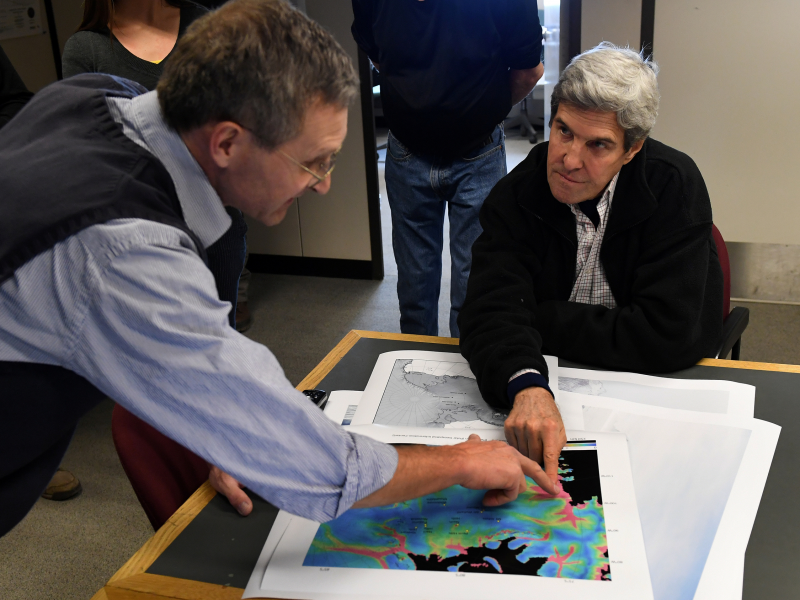
Source: Antarctic Sun
To prevent ice sheets in the Antarctic from collapsing and flooding the world's coasts, some climate scientists have come up with a potential solution: building giant walls under the ice sheets to keep them from falling apart.
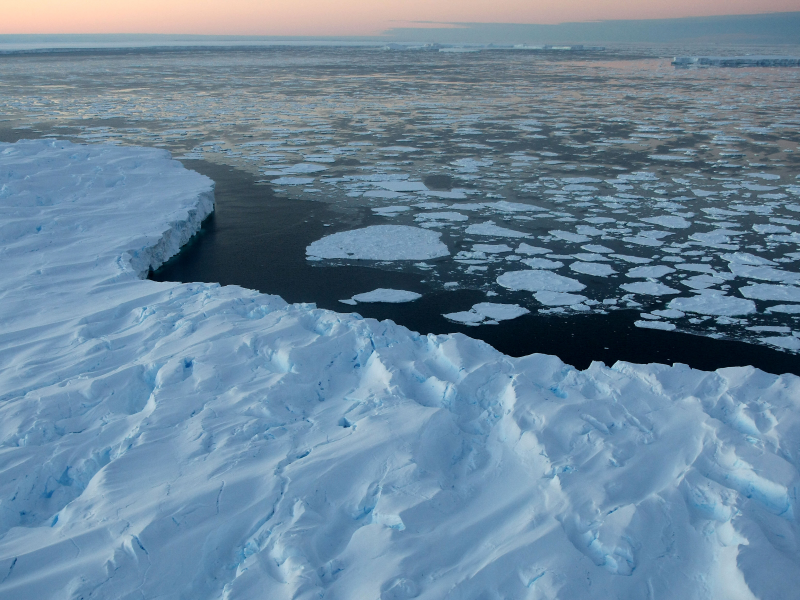
Source: Business Insider
The solution focuses on only one aspect of climate change, and it would not eliminate the problem of global warming. But it could buy enough time for coastal cities to adapt and for people to reverse some of the climate change we have caused.
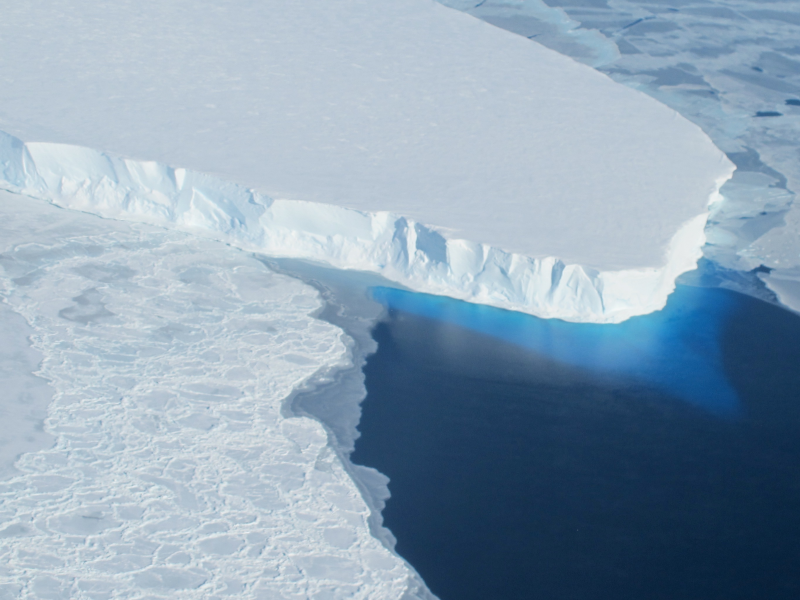
Source: Business Insider

